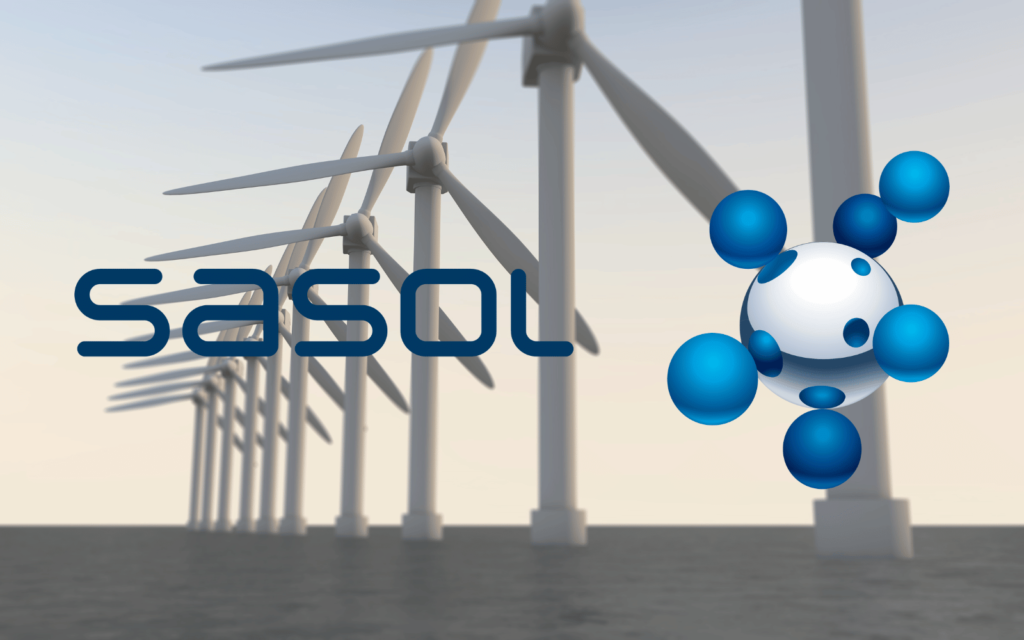South Africa’s largest and most influential producer of fuel, Sasol, has signed three new power purchase agreements for renewable energy – all of which will help the producer reach its lofty goal of cutting the company’s greenhouse gas emissions by 30% before 2030.
Pledges to cut greenhouse gas emissions aside, Sasol’s purchasing of power will help it become less reliant on Eskom’s failing grid and the constant threat of load shedding. And if it helps the producer to avoid yet another force majeure as it saw in August, we’re all for it.
Meet the players
The first of the three power purchase agreements is between Sasol and the Msenge Emoyeni Wind Farm in the Eastern Cape. The agreement is a long-term one, with the wind farm agreeing to supply Sasol with 69MW (don’t say it, don’t say it) of wind-powered renewable energy to keep Sasol’s operations afloat. This agreement is expected to be up and running by the first quarter of 2024. Nice.
This partnership is particularly important to many of the company’s future plans, namely its goal of producing green hydrogen from renewable energy right in Sasolburg. This can then be ‘supplied’ to other customers (for a fee) which will allow them to decarbonise their emissions. What isn’t ‘supplied’ to others can be used internally, allowing the fuel company to “produce sustainable products such as ammonia or methanol.”
Read More: South Africa can reduce emissions and create jobs. A tough task, but doable
Two-in-one deal
Working with Air Liquide, a French company that produces and supplies services and products in the industrial gases industry, the company has agreed upon two more power purchase agreements with Enel Green Power. Why Air Liquide? The company is currently operating the largest oxygen production site in the world out of Sasol’s Secunda site and has worked with Sasol before in the purchasing of energy from third parties.
The two power purchases total an agreed-upon 220MW of wind-powered renewable energy, all funnelled straight into the Secunda base of operations. The larger scope of the purchase means that the projects are expected to only go live in 2025. As small as these numbers may seem, they’re all small parts of Sasol’s grand scheme of procuring 1,200MW of renewable energy before 2030. Every little bit helps.




